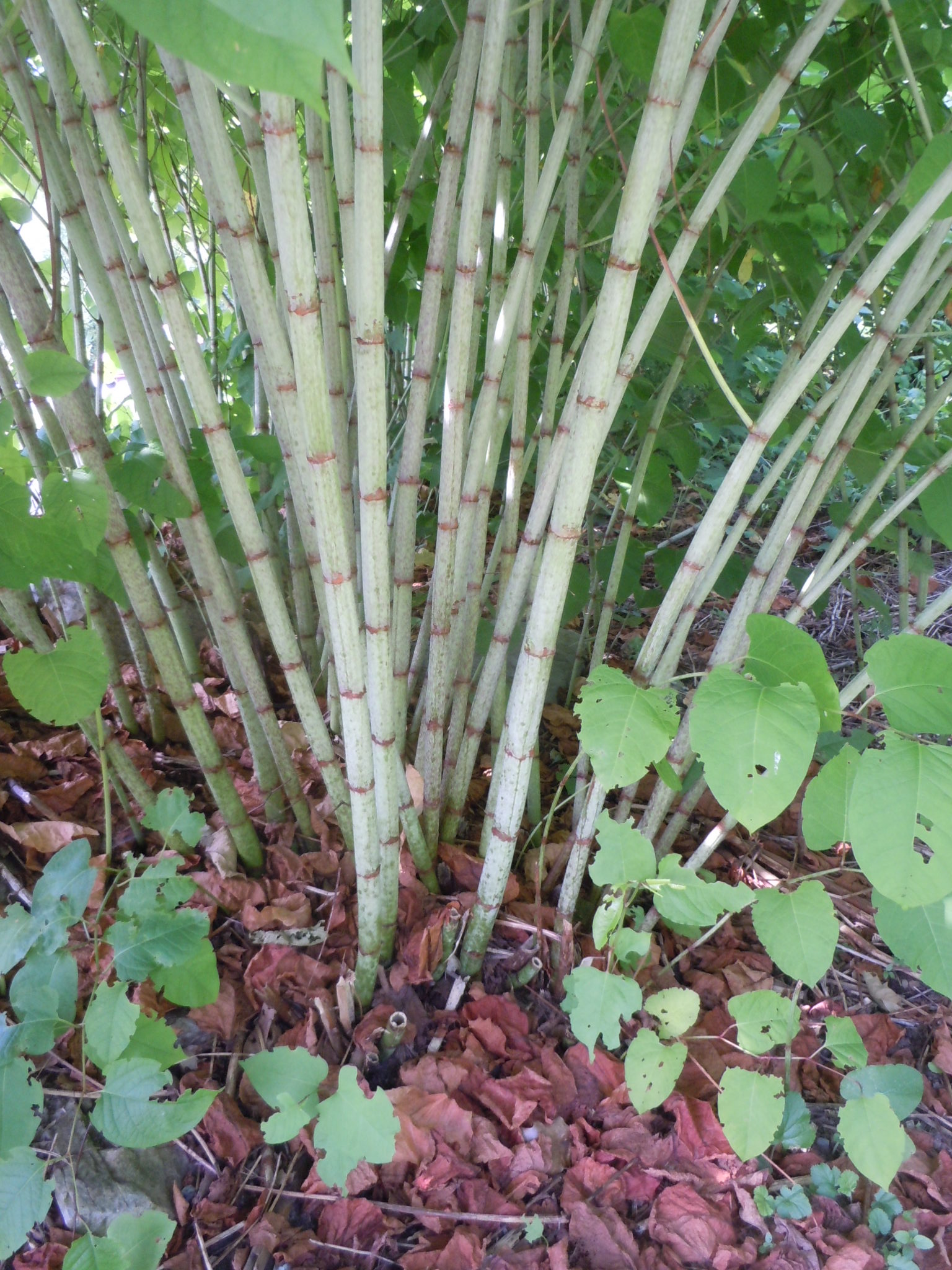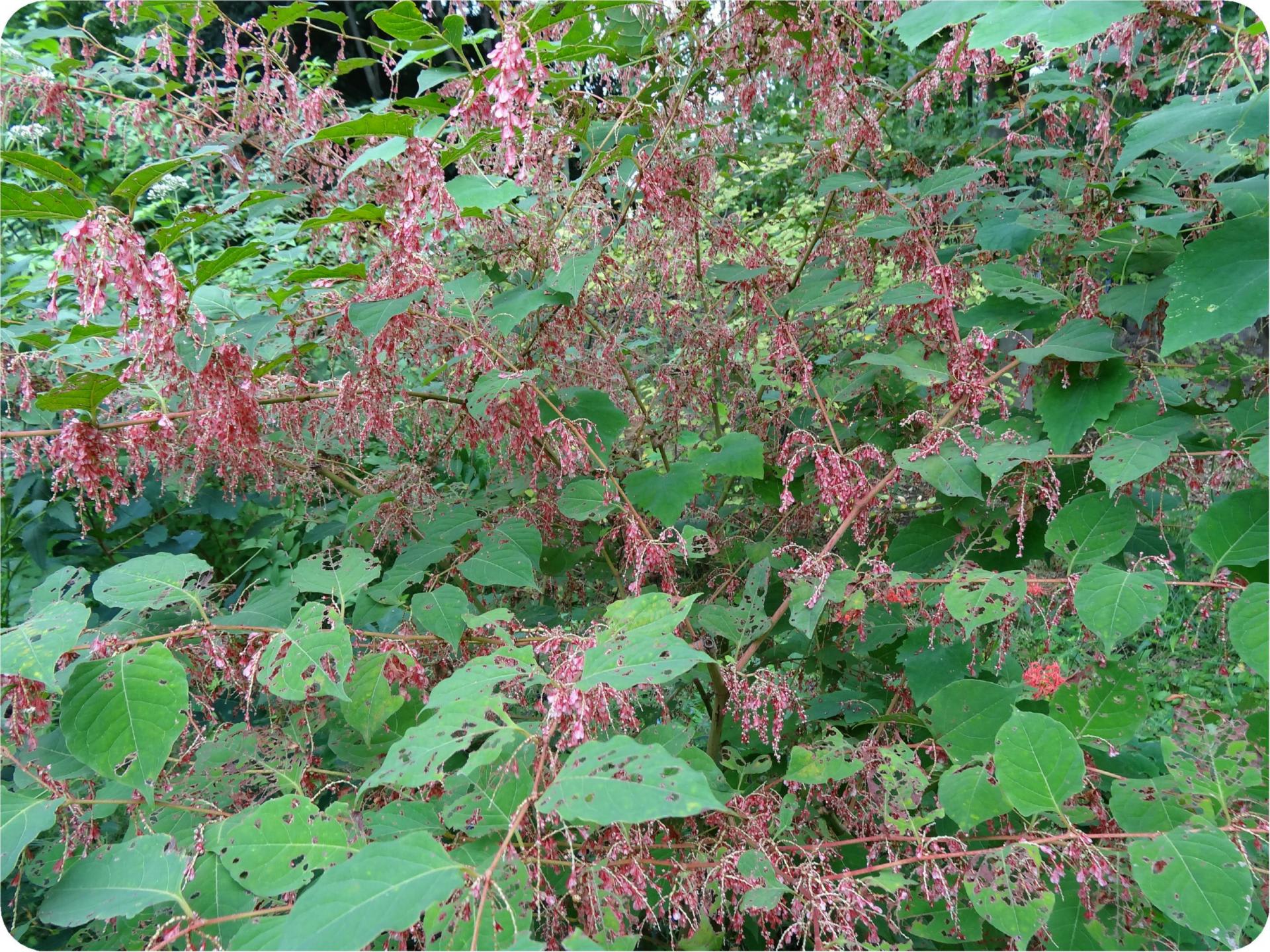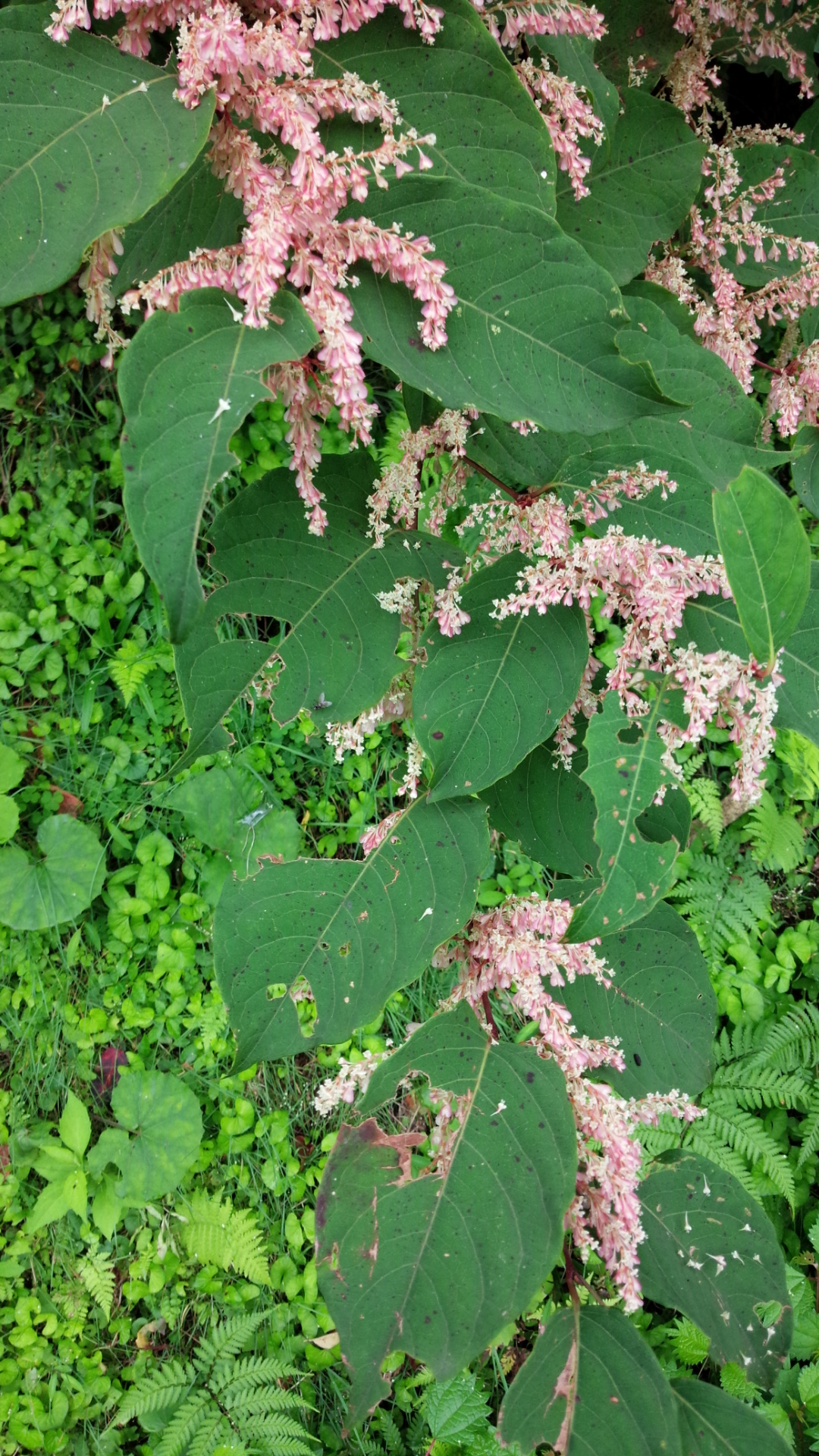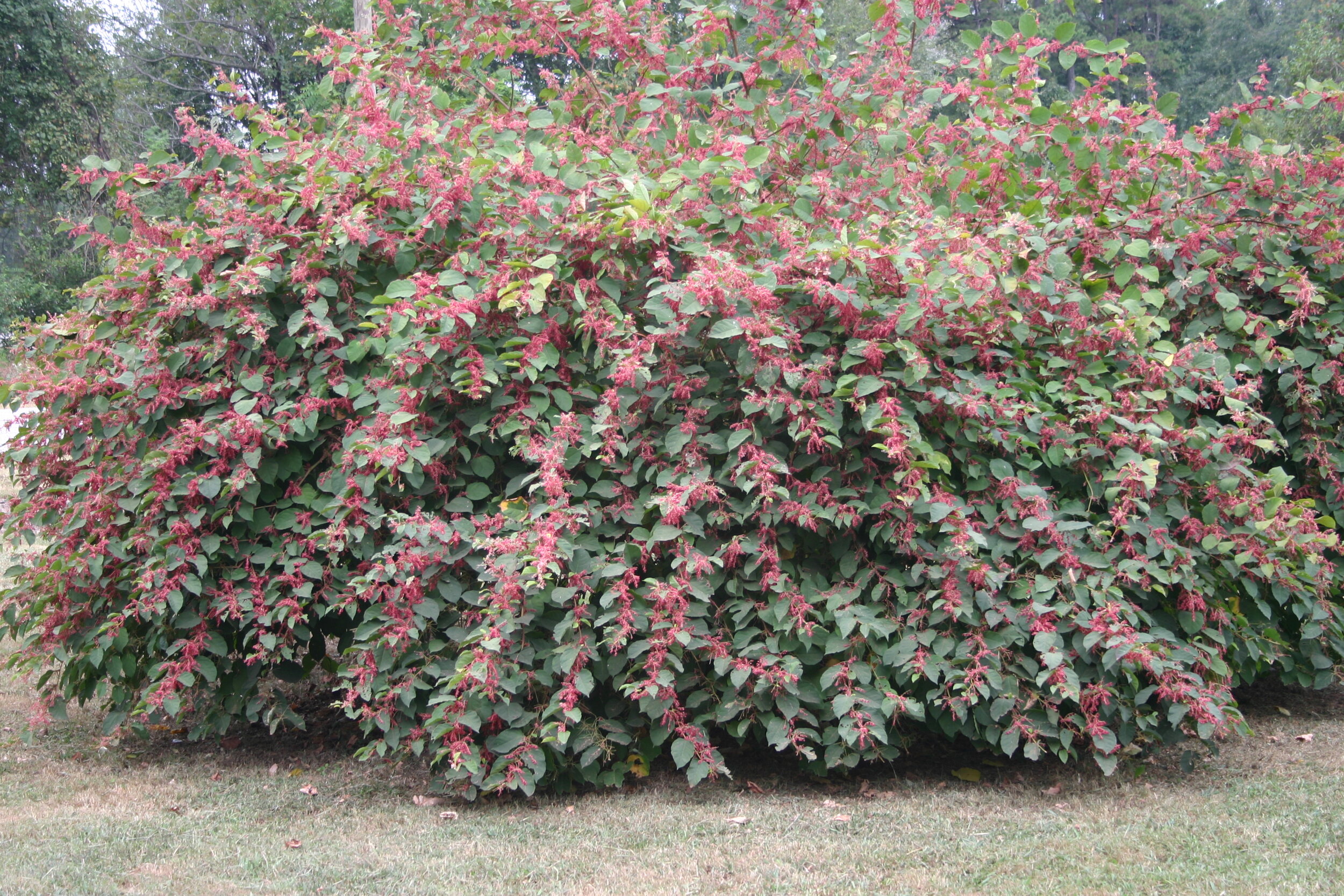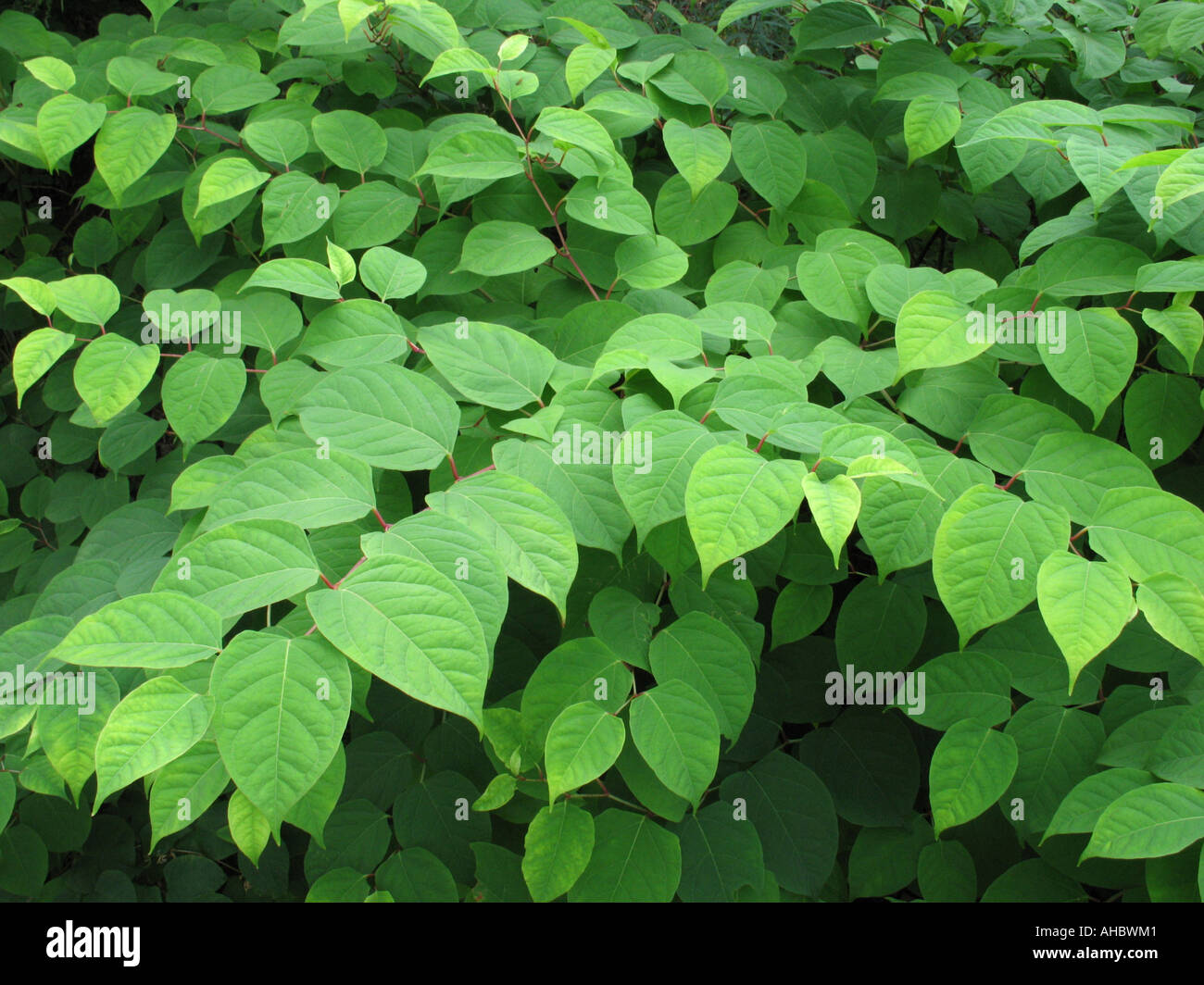Polygonum Cuspidatum Crimson Beauty
Ocrea usually deciduous brownish cylindric 46 10 mm.
Polygonum cuspidatum crimson beauty. Japanese knotweed or Polygonum cuspidatum. I believe the P cuspidatum that I have growing is Crimson Beauty and despite the reputation of the species as a dreadful pest this particular cultivar is not a problem. Japanese Knotweed is a highly invasive species native to Asia introduced as an ornamental in the United States in the 1800s.
Eurybia divaricata Eastern Star aka Aster divaricata Eastern Star 10. Stems usually clustered erect profusely branched herbaceous stiff glabrous glaucous. Fallopia japonica Houtt Ronse Decr.
NAME OF SPECIES. Other sources use the name Fallopia japonica var japonica Houtt Ronse Decraene 6Synonyms. Evolvulus glomeratus Blue Daze 8.
Those little peices of roots keep expanding to bigger and bigger patches. Japanese knotweed Polygonum cuspidatum or Fallopia japonica also known as Japanese bamboo Mexican bamboo false bamboo Himalayan fleece vine crimson beauty sally rhubarb fleece flower. Polygonum cuspidatum is an upright shrub-like herbaceous perennial that can rapidly grow to over 3m in height Remaley 1997.
Giant knotweed Polygonum sachalinense or Fallopia sachalinense also known as Japanese bamboo sacacline Sakhalin knotweed. No Marilyn they arent the same tho they are I think the same species but I will not swear to this- Painters Palette has the dark chevron not so much red for me but that may be the heat with white-cream patches you describe while Variegata is. In the late 1800s.
Also known as crimson beauty Mexican bamboo Japanese fleece flower or Reynoutria it was first introduced as an ornamental and has also been used. In South Carolina the Japanese Knotweed is listed on their Invasive Plant list as a Severe Threat. Fallopia japonica - Japanese Knotweed Crimson Beauty Mexican bamboo Japanese Fleece Flower Reynoutria.
